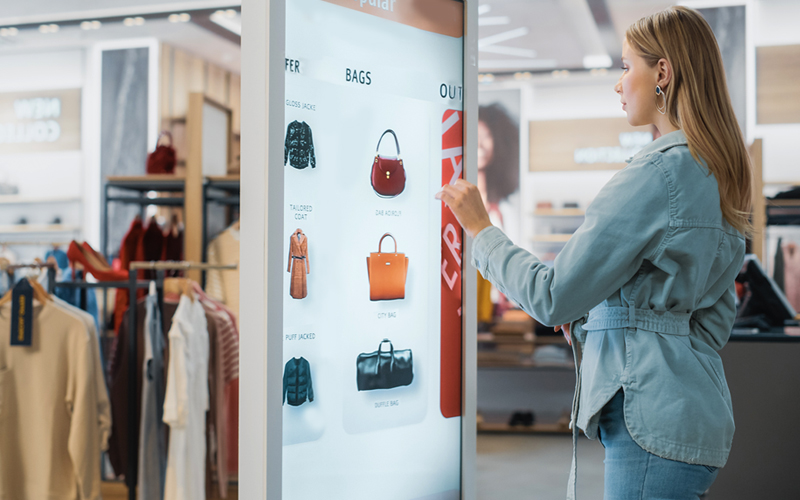You don’t need perfect data to begin forecasting. Like most digital processes, forecasting and data collection are iterative processes. The disciplined act of data collecting itself will improve your collection and application of data, so by doing something with your data now, you’re setting in motion a process that leads to better data and insights down the road.
In fact, data forecasting is as much a mindset as it is a methodology. Looking for opportunities to capture data points, and knowing where that information lies, are the fundamental building blocks of data-driven marketing. So no matter what else you take away from this article, know that doing something with your data is infinitely better than doing nothing.
So, get going!
Data collection is a good habit to nurture, and some level of forecasting is possible from even the most rudimentary forms of data, so let’s spend a moment talking about what forecasting with different levels of data might look like.
The role of data within forecasting lives on a continuum. With a few aggregated data points such as customer counts, average order value, and order count, you can create an initial forecast, augmenting later with seasonal and competitive data trends to add robustness. Give yourself the same data points trended out over time (daily, weekly, monthly); sprinkle a few additional dimensions, and the projections get even more robust. Give yourself myriad touchpoints and a long history capturing the same, and relevant data points and predictions become even stronger.
As you begin preparing to institute a disciplined approach to gathering data, keep the 3 Cs in mind—Context, Cleanliness, Connection.
The Three Cs of Data Forecasting
Context is about understanding how the data set is created and how the fields are defined. In some cases, the context is very straightforward. Sales data, sales amounts, etc., may be very cut and dried, but even data points as seemingly straightforward as these benefit from context.
For example, understanding the fluctuations over time in sales can be nuanced. Seasonal fluctuations, evolving market conditions, and knowing why peaks and valleys occur will help you better bake them into your forecasts, so when you’re gathering data, creating context helps dial in accuracy.
Cleanliness, or good data hygiene, is another critical component of data collection. If you have missing data, or your data is in the wrong field…any number of careless entry errors can corrupt a data set.
Cleanliness is the very first thing you should examine when you get a lot of data, to see what’s in the sample. Do we have customer IDs in the customer ID field? Does the email field actually contain emails? Do we have enough inputs? Do we have to fill in missing bits or extrapolate? All those things can diminish effectiveness and are crucial components of data hygiene.
Connection, the final C, is the act of bringing various data sets together: joining them and relating them to show associations. If you can’t make a connection, you may have to make assumptions, and too many assumptions can weaken your confidence in a projection. So, take the time to make connections to ensure a more accurate outcome.
Rarely is any of this as linear as it sounds. Often, you will find yourself cleaning, then checking for context and connection, and then going back to clean some more. This back and forth continues until you reach a level of completeness where you feel confident in making a prediction.
Great data isn’t an accident. It takes perseverance, patience, and a disciplined approach, but the payoff of a well- curated data set is the ability to make confident, accurate predictions.
At Bridgenext (formerly Definition 6) we often help clients predict expected ROI and performance of key initiatives. We use forecasting to understand the combined impact of all initiatives and ensure those projections align to historical and industry benchmarks. We use the predictions to help clients prioritize and focus on areas that will have the greatest impact.
Data collection and forecasting aren’t magic. They can be done internally, but often it’s more productive to bring in a partner like Bridgenext to help you navigate the process. If you find yourself wanting to get started, but you lack the bandwidth or initiative to do so, let us know. We’d love to help.



